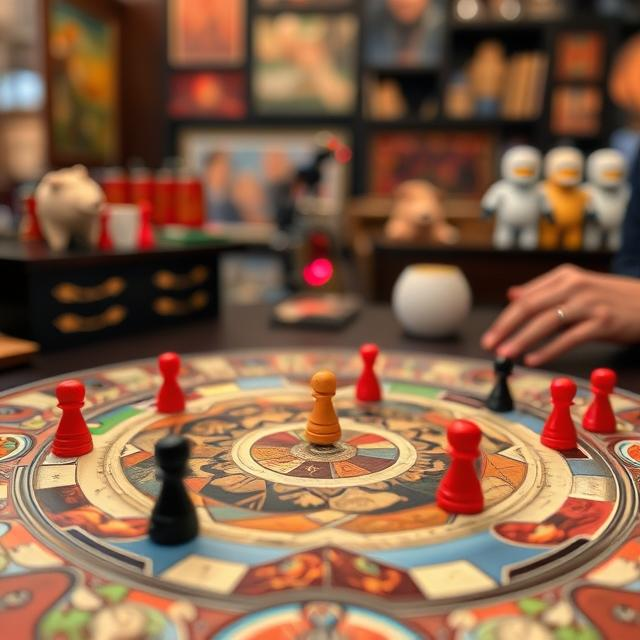Board games come in many forms, with two of the most prevalent being cooperative and competitive games. While both types often require strategic thinking, the role and application of strategy differ significantly between the two.
In competitive board games, such as Catan, Risk, or Monopoly, strategy is focused on outsmarting or outmaneuvering your opponents. Each player works independently, with the goal of securing a personal victory over the others. In these games, players must anticipate their opponents’ moves, manage resources effectively, and adapt to changing circumstances. The success of a strategy in competitive games is highly dependent on the actions of others, which can create a sense of tension and excitement.
The strategies in these games often involve direct conflict or competition, whether it’s through blocking opponents, creating monopolies, or managing complex resources to outlast the competition. For example, in Catan, players must decide when to trade and when to build, while also considering how to sabotage opponents’ progress. Competitive games are often driven by risk-taking, where players must weigh the benefits of aggressive actions against the possibility of failure.
Cooperative board games, such as Pandemic, Forbidden Island, or Ghost Stories, focus on players working together towards a common goal, often against the game itself or a predefined system. The strategy here is collective rather than individual. Players need to communicate, share resources, and collaborate to overcome challenges. For example, in Pandemic, players must develop a strategy to stop the spread of diseases, which requires careful planning, coordination, and timely decision-making. The strategy in these games emphasizes teamwork, foresight, and problem-solving.
Unlike competitive games, where the outcome is determined by individual success, cooperative games require group effort, and the strategy hinges on a group’s ability to function as a team. Cooperation is crucial, as players must ensure they all have complementary skills and roles within the game, allowing for a more harmonious, albeit still strategic, approach.
Ultimately, the difference between cooperative and competitive board games lies in how strategy is executed. Competitive games reward individual cunning and adaptability, while cooperative games emphasize collaboration and teamwork to achieve a collective goal.

Leave a Reply